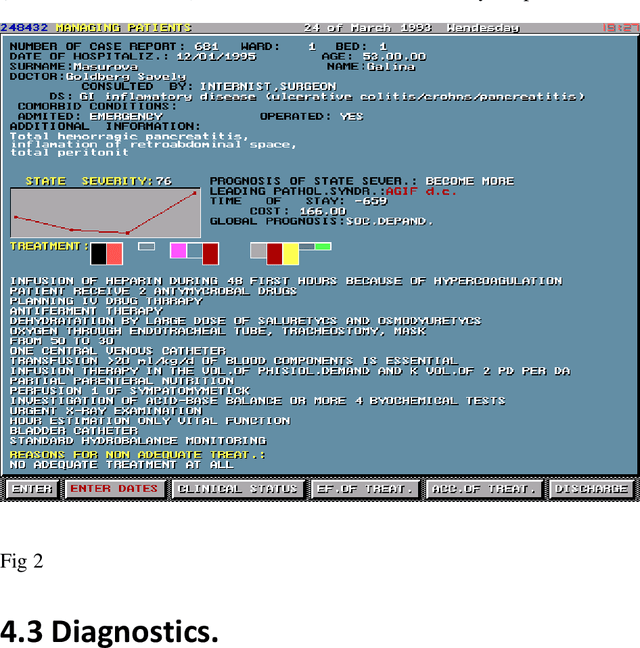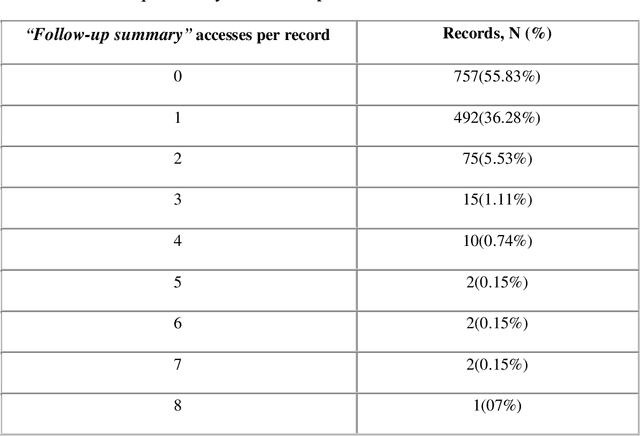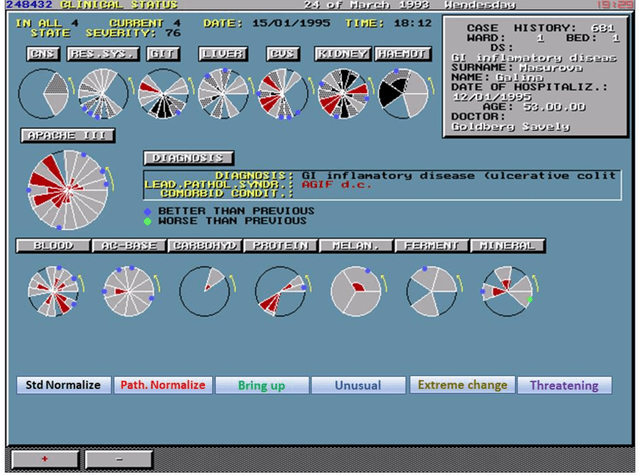Vladimir Sluchak
Thin ring wing as a means of flow improvement upstream of a propeller
Feb 06, 2025Abstract:There are numerous devices currently known with the purpose of reducing the irregularity of the flow upstream of the propeller and to decrease by that means the propeller-induced vibration and noise. Many of these devices are wing-shaped vortex-generators that affect the flow with their induced (i.e. passive) longitudinal vortices. The paper's subject is the use of a ring-shaped wing as a highly effective passive vortex-generator which allows to control the flow closer to the most charged sections of propeller blades. The problem of a thin ring-shaped wing with irregular (asymmetric) geometry in the irregular steady flow has been solved in a linear approach and the intensity of the induced longitudinal vortices as a function of the irregularity of the flow and the geometry of the ring wing has been estimated using that solution. Experiments in the towing tank showing good concordance with the theoretical model confirmed the effectiveness of such a device. Some additional advantages of a ring-shaped wing incorporated into the construction of stabilizers are considered.
Formalization of Dialogue in the Decision Support System of Dr. Watson Type
Jul 27, 2024Abstract:The article further develops and formalizes a theory of friendly dialogue in an AI System of Dr. Watson type, as proposed in our previous publication[4],[19]. The main principle of this type of AI is to guide the user toward a solution in a friendly manner, using questions based on the analysis of user input and data collected in the system.
Dr. Watson type Artificial Intellect (AI) Systems
Jun 23, 2021



Abstract:The article proposes a new type of AI system that does not give solutions directly but rather points toward it, friendly prompting the user with questions and adjusting messages. Models of AI human collaboration can be deduced from the classic literary example of interaction between Mr. Holmes and Dr. Watson from the stories by Conan Doyle, where the highly qualified expert Mr. Holmes answers questions posed by Dr. Watson. Here Mr. Holmes, with his rule-based calculations, logic, and memory management, apparently plays the role of an AI system, and Dr. Watson is the user. Looking into the same Holmes-Watson interaction, we find and promote another model in which the AI behaves like Dr. Watson, who, by asking questions and acting in a particular way, helps Holmes (the AI user) make the right decisions. We call the systems based on this principle "Dr. Watson-type systems." The article describes the properties of such systems and introduces two particular: Patient Management System for intensive care physicians and Data Error Prevention System.
 Add to Chrome
Add to Chrome Add to Firefox
Add to Firefox Add to Edge
Add to Edge